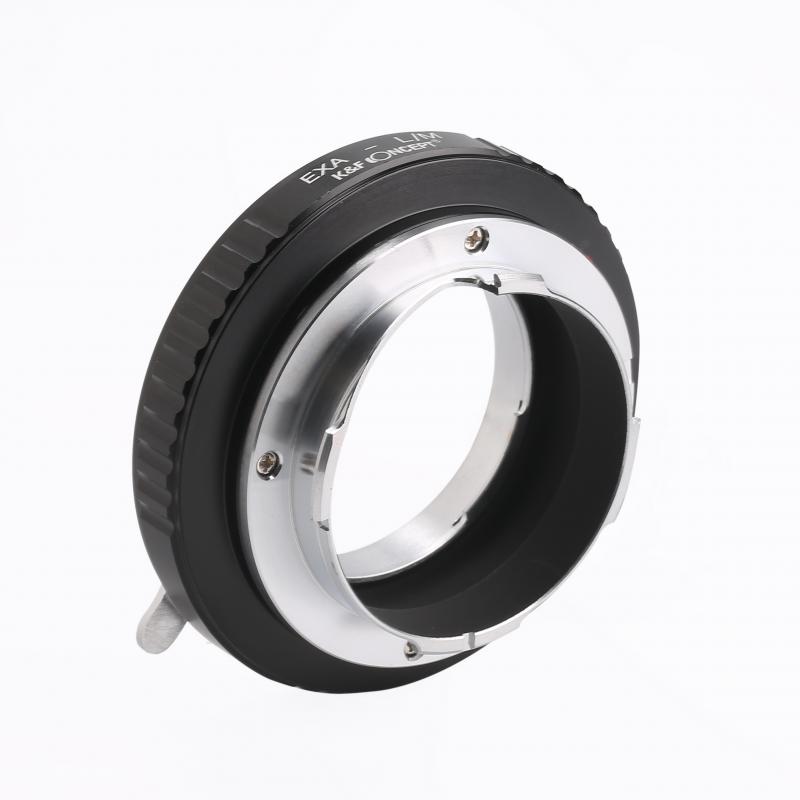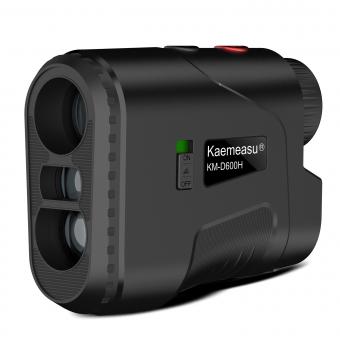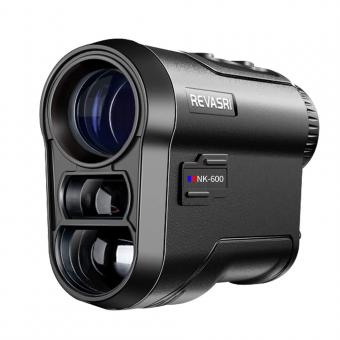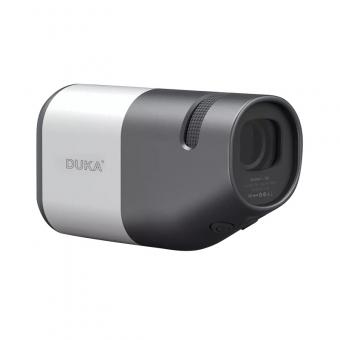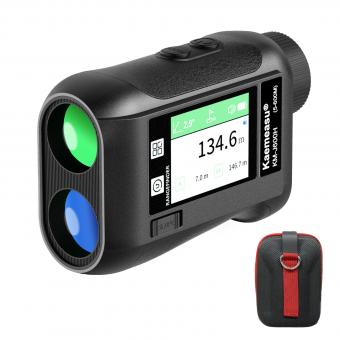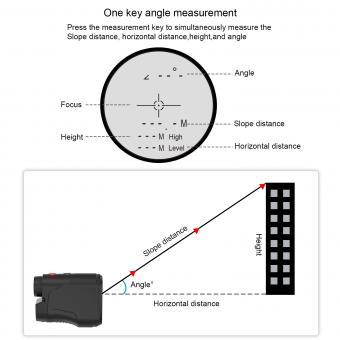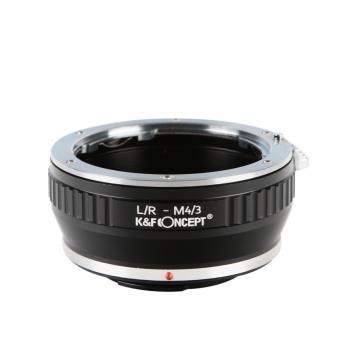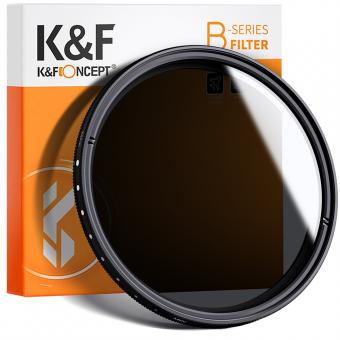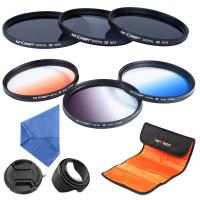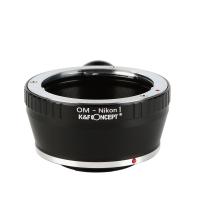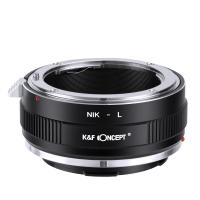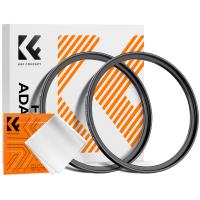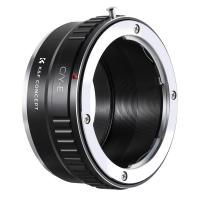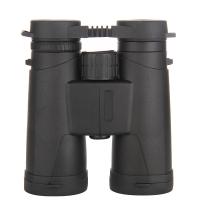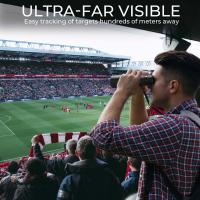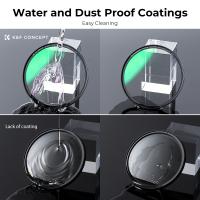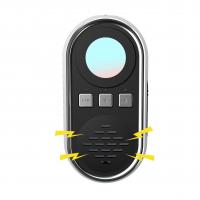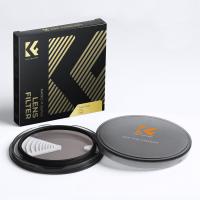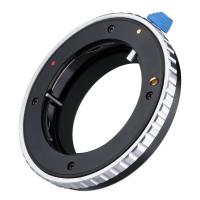How Leica Rangefinder Works ?
A Leica rangefinder works by using a split-image rangefinder mechanism. The photographer looks through the viewfinder and sees two images of the same subject, which are slightly offset from each other. By turning the focusing ring on the lens, the two images are brought into alignment, and the distance to the subject can be read off the focusing scale on the lens barrel. This allows the photographer to focus the lens accurately and quickly, even in low light or other challenging conditions. The Leica rangefinder system has been used by generations of photographers and is renowned for its precision and reliability.
1、 Optical Design of Leica Rangefinder
How Leica rangefinder works:
Leica rangefinders work by using a split-image rangefinder system. This system uses two images of the same subject that are slightly offset from each other. When the two images are aligned, the subject is in focus. The distance between the two images is measured and used to calculate the distance to the subject.
The Leica rangefinder also uses a parallax correction system to ensure accurate focusing. This system adjusts the position of the rangefinder patch to compensate for the difference in perspective between the rangefinder and the lens.
The optical design of the Leica rangefinder is based on a combination of lenses and prisms. The rangefinder patch is created by a beam splitter prism that splits the light from the lens into two paths. The two paths are then recombined by another prism to create the split-image rangefinder patch.
The latest Leica rangefinders, such as the Leica M10, have improved optical designs that provide better clarity and accuracy. These rangefinders use high-quality lenses and prisms that minimize distortion and aberrations. They also have larger viewfinders that make it easier to see the rangefinder patch and focus on the subject.
In summary, the Leica rangefinder works by using a split-image rangefinder system and a parallax correction system. The optical design of the rangefinder is based on a combination of lenses and prisms, and the latest models have improved designs that provide better clarity and accuracy.
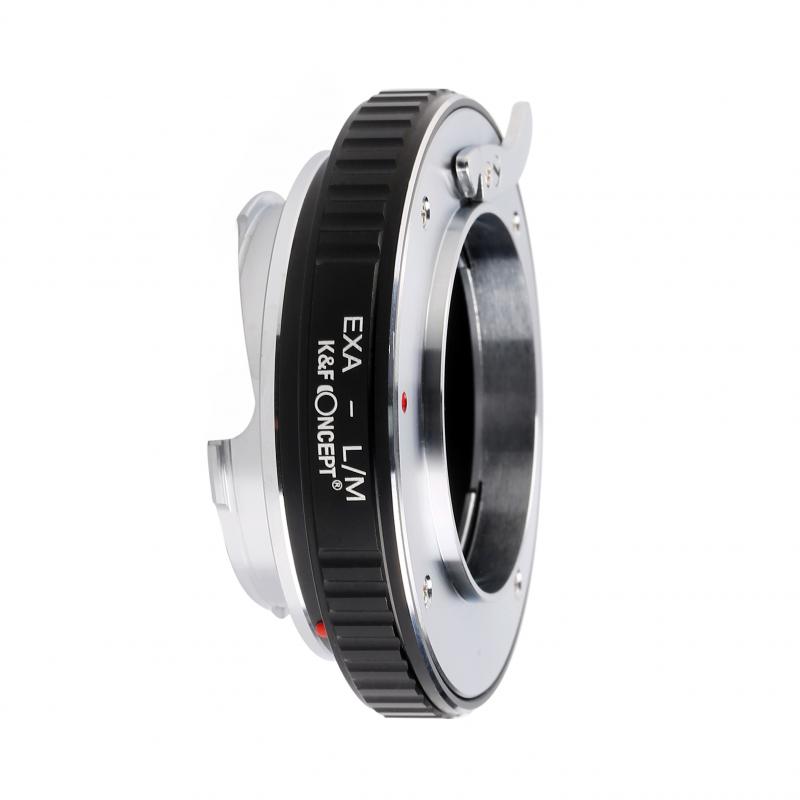
2、 Rangefinder Mechanism and Operation
How Leica Rangefinder Works:
The Leica rangefinder is a precision optical instrument that allows photographers to accurately measure the distance between the camera and the subject. The rangefinder mechanism works by using two separate optical paths to create a single image that is superimposed on the viewfinder. The photographer then adjusts the focus until the two images are aligned, which indicates that the subject is in focus.
The rangefinder mechanism consists of a series of mirrors and prisms that redirect the light from the lens to the viewfinder. The first mirror reflects the light from the lens onto a prism, which splits the light into two separate paths. One path goes directly to the viewfinder, while the other path is reflected off a second mirror and directed to a rangefinder mechanism.
The rangefinder mechanism consists of a small window located on the front of the camera body. The window contains a small prism that reflects the light from the subject back to the rangefinder mechanism. The rangefinder mechanism then measures the distance between the camera and the subject by comparing the angle of the light entering the window with the angle of the light reflected back from the subject.
The Leica rangefinder is known for its accuracy and precision, and it has been a favorite of photographers for decades. The latest Leica rangefinder models incorporate advanced technology, such as electronic viewfinders and autofocus systems, while still maintaining the classic rangefinder design and functionality.
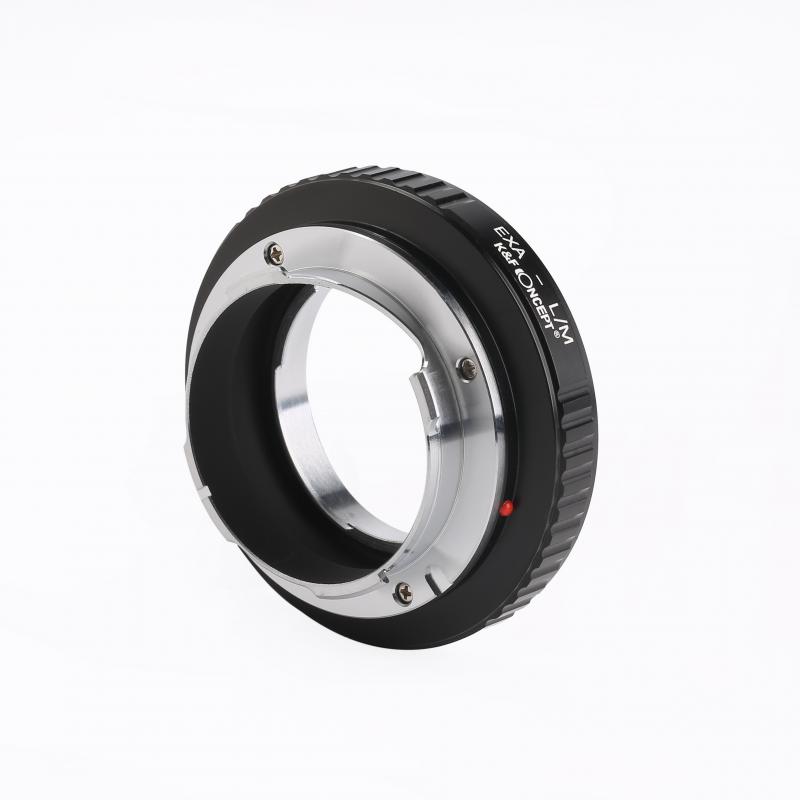
3、 Focusing with Leica Rangefinder
Focusing with Leica Rangefinder involves a unique method of measuring the distance between the camera and the subject. The rangefinder system in Leica cameras uses a split-image mechanism to determine the distance between the camera and the subject. This mechanism splits the image into two halves, which are then brought together by the photographer to create a single, sharp image. The distance between the two halves of the image is measured and displayed in the viewfinder, allowing the photographer to adjust the focus accordingly.
The Leica rangefinder system is highly accurate and allows for quick and precise focusing, making it a popular choice among photographers who value speed and precision. The system is also relatively simple and reliable, with few moving parts that can break or malfunction.
In recent years, Leica has continued to refine and improve its rangefinder system, incorporating new technologies and features to enhance its performance. For example, some newer Leica cameras now include electronic viewfinders that can display additional information, such as exposure settings and focus peaking, to help photographers achieve even greater accuracy and control.
Overall, the Leica rangefinder system remains a popular and highly respected method of focusing in photography, valued for its speed, precision, and reliability.
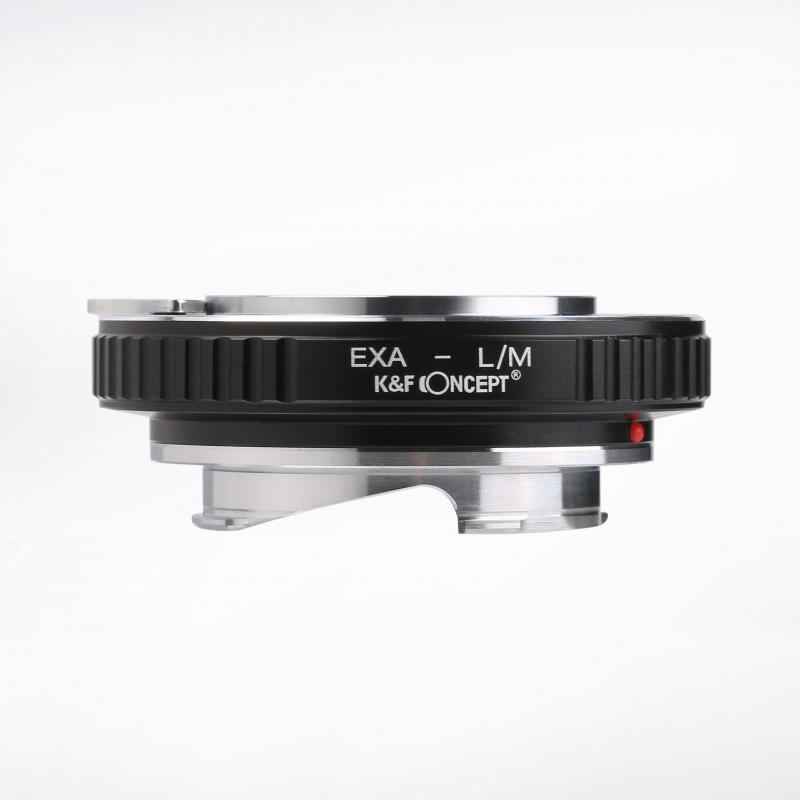
4、 Advantages and Limitations of Leica Rangefinder
How Leica Rangefinder Works:
Leica rangefinders work by using a split-image rangefinder system. The camera has two windows, one for the viewfinder and one for the rangefinder. When the photographer looks through the viewfinder, they see a split image. By adjusting the focus ring, the photographer can align the two halves of the image, which indicates that the subject is in focus. The distance to the subject is then read off a scale on the lens barrel.
Advantages of Leica Rangefinder:
Leica rangefinders are known for their compact size, durability, and high-quality optics. They are also known for their fast and accurate focusing, which is especially useful for street and documentary photography. The rangefinder system allows for precise focusing, even in low light conditions, and the lack of a mirror allows for a quieter and more discreet shooting experience. Additionally, Leica rangefinders have a unique aesthetic appeal and are often considered a status symbol among photographers.
Limitations of Leica Rangefinder:
One of the main limitations of Leica rangefinders is their high cost. They are some of the most expensive cameras on the market, which can make them inaccessible to many photographers. Additionally, the rangefinder system can be difficult to use for some photographers, especially those who are used to autofocus systems. The lack of a mirror also means that the viewfinder does not show the exact framing of the image, which can lead to some inaccuracies in composition. Finally, Leica rangefinders are not well-suited for certain types of photography, such as sports or wildlife photography, where fast autofocus and long telephoto lenses are necessary.
Latest Point of View:
Despite their limitations, Leica rangefinders continue to be popular among photographers who value their unique features and aesthetic appeal. In recent years, Leica has also introduced digital rangefinders, which combine the traditional rangefinder system with modern digital technology. These cameras offer the best of both worlds, with the precision and speed of a rangefinder system and the convenience and flexibility of digital photography. However, they still come with a high price tag, which may limit their appeal to a niche market of photographers.
